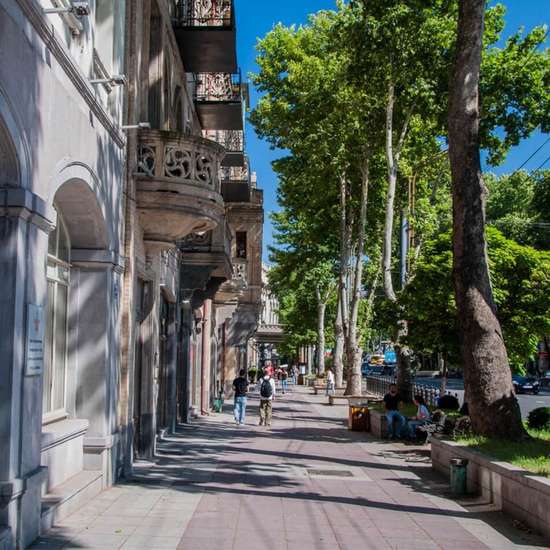
Personal Account Login

Error:
Wrong username or password
Registration
Forgot Password?







